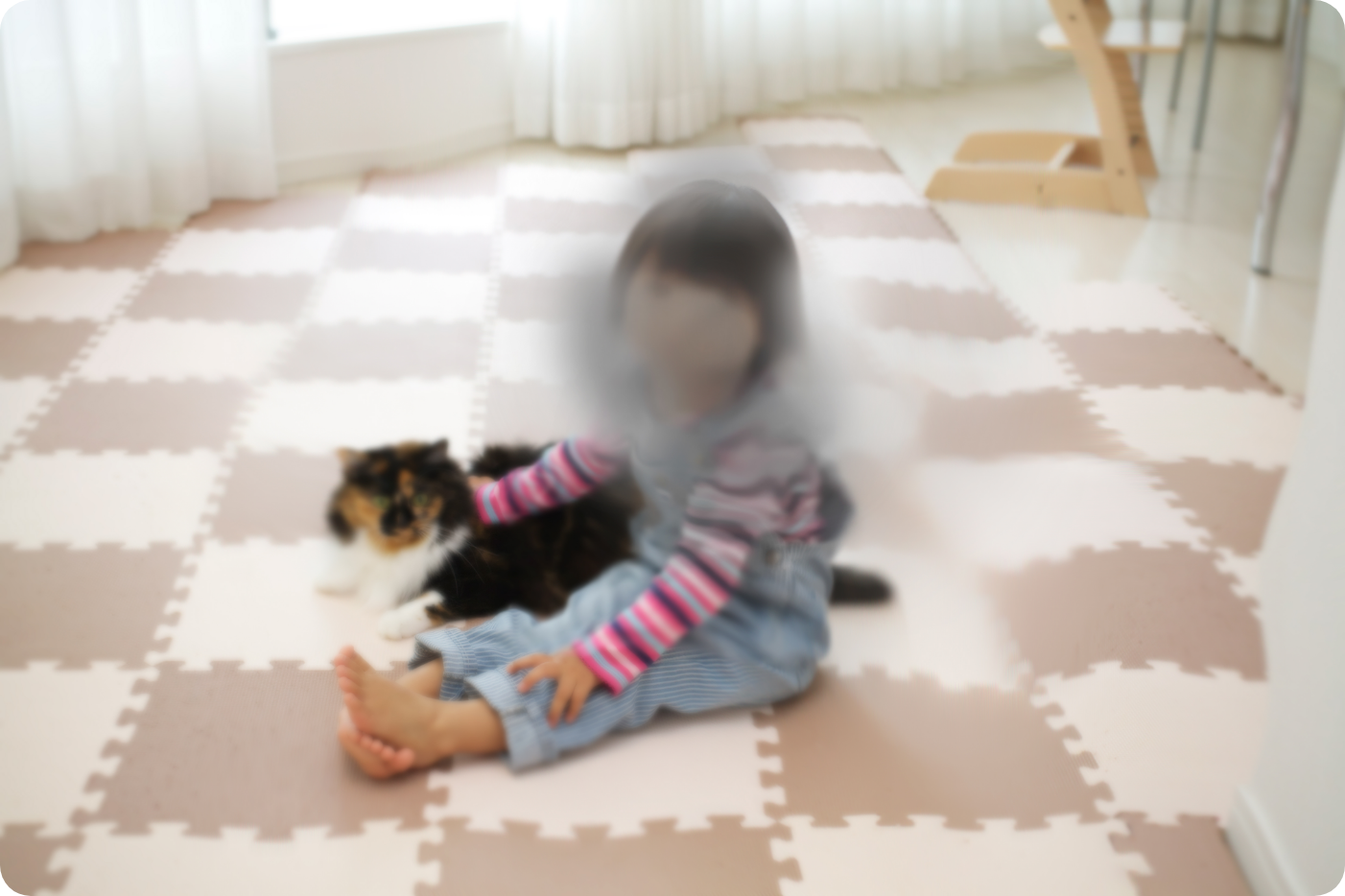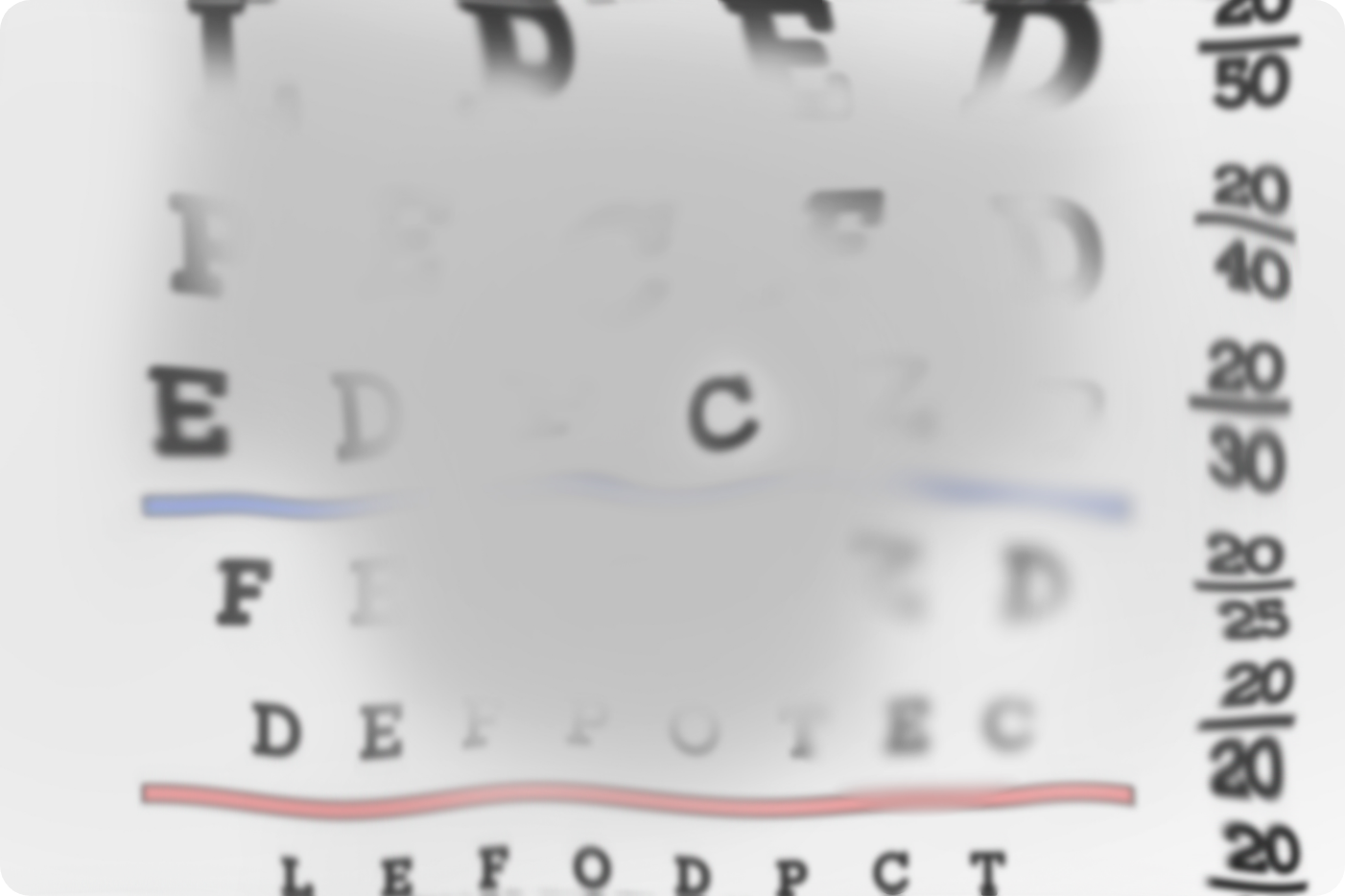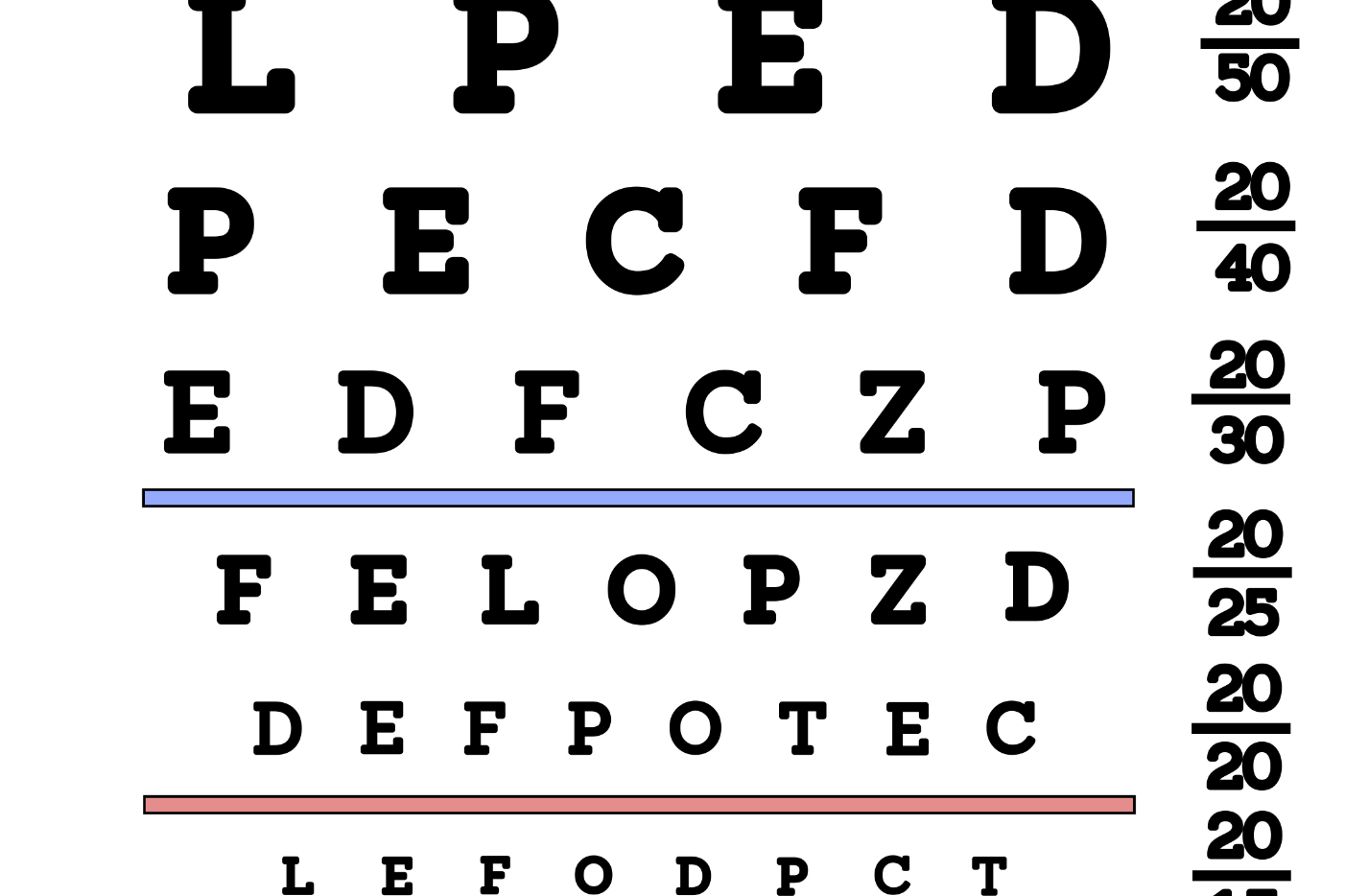GA progression is relentless and irreversible1
Approximately 1.5 million people in the US are affected by GA2,3
In the global Geographic Atrophy Insights Survey (GAINS) (N=203), conducted by The Harris Poll and sponsored by Apellis Pharmaceuticals3*:
of patients’ vision was impacted by GA faster than expected
1 in 3 patients say their vision started to decline prior to diagnosis with GA
In a retrospective study (n=523), 2 out of 3 patients with bilateral GA who were eligible to drive at baseline lost that ability in a median time of <2 years from the earliest record indicating diagnosis of GA4†
*The global Geographic Atrophy Insights Survey (GAINS) was sponsored by Apellis and conducted by The Harris Poll between October 12 to December 10, 2021. To accommodate visually impaired respondents, the survey was conducted online and via the telephone among 203 participants aged 60 or over (mean age 70 years) residing in the US, UK, France, Germany, Italy, Netherlands, Sweden, Canada, and Australia who self-reported that they have been diagnosed with age-related macular degeneration (AMD) and have dry AMD in at least one of their eyes. They must also have indicated that they have advanced atrophic age-related macular degeneration or advanced atrophic AMD, advanced/late/late-stage dry age-related macular degeneration or advanced dry AMD, or geographic atrophy (GA) in one or both of their eyes. Included patients must have been currently experiencing at least 3 GA symptoms and currently do/used to do/or have been suggested by an eye care professional but have not done at least one of the following: Take a high-dose formulation of antioxidant vitamins and minerals, stop smoking, maintain a healthy weight and exercise regularly, choose a healthy diet, manage other medical conditions, have check-ups of the retina regularly, or wear sunglasses with UV protection. Included patients must not have been diagnosed with glaucoma, Stargardt disease, or dementia, or be receiving regular injections into the affected eye every 4 to 6 weeks.3
†A retrospective cohort analysis (N=1901) of a multicenter electronic medical record database examining disease burden and progression in patients in the United Kingdom with bilateral GA secondary to AMD.4
GA stories
Hear from a GA patient about her personal experience

The following video was developed by Apellis Pharmaceuticals, and the patient was compensated by Apellis to share her story. It contains the views, opinions and experience of Santi, a person living with Geographic Atrophy (GA). The video does not include individual treatment or medical advice. You should consult your doctor for medical advice or about any questions and concerns you have about living with GA.
Geographic Atrophy (GA) is the advanced form of Dry Age Related Macular Degeneration (Dry AMD). GA is a leading cause of blindness that affects 5 million people worldwide.8
VO: For me, even as a little girl, I was so visual—and I would just thank God just for everything I could see. I’m so amazed at things that are beautiful, and did I know that somewhere down the road I was going to get this diagnosis? I don’t know. I have Geographic Atrophy in both eyes. Getting this diagnosis terrified me. I was afraid to go to sleep. I didn’t want to wake up and have lost the world. And I think we all get challenges in life, this was mine. And when the Geographic Atrophy hit, it went down fast. And then things started to disappear, like a phone pole would be crooked and there’d be parts of that pole that I wouldn’t see. And then I was legally blind. I’ve always been very independent and very visual. To think of missing that bird that’s at the feeder or the bunny that crosses the street. If I couldn’t walk my dog. Going downstairs is very scary because of the depth perception. I fell down my stairs here very badly. I immediately tried to minimize it, but I couldn’t get up. I was really hurting. I thought, “there’s going to be a day when I’m not going to be able to drive.” I sold my house. I moved where I could walk everywhere. You know, all these things to try to troubleshoot but the hard part was the emotional part. I have to feel useful. I started to go to this orphanage and just working with the kids, talking to them, I started to feel such a sense of peace. I was always the helper. I was always the one taking care of people. I have to find that middle road of being able to ask for help with grace and appreciation. I hope that it doesn’t come to the point where I don’t see it. You know, I don’t want to miss one sunrise. In every challenge I’ve ever had, there’s always been a gift that hasn’t been apparent right away. But if there always has been, I’m assuming there always will be.
MyGA REALITY™
See how GA can affect patients' everyday activities


This is Gene, a 68-year-old man with early bilateral geographic atrophy. His eyes have a small central scotoma. He’s packing for a trip. Woman: Gene, the taxi will be here soon. Woman: Remember to bring your medicine. Woman: It’s in the bathroom cabinet. Woman: Gene, do you need help? Woman: The taxi will be here soon. This is Harriett, a 74-year-old woman who has intermediate bilateral geographic atrophy. Her eyes have a large central scotoma with some foveal sparing. She’s reading a book with her grandson. Grandma. All was quiet… …that morning… …and suddenly… No, you read it…Grandma. What does this say? This is Laura, a 79-year-old woman who has advanced bilateral geographic atrophy. Her eyes have a large central scotoma that has also covered the fovea. Her daughter is calling her for a video chat. [phone ringing] Daughter: Hey. Daughter: You okay? You look a little squinty. I’m fine, honey. How are you doing? It’s nice to see you both. Daughter: We’re good. Daughter: We just got back home from school. Oh, that’s nice. And what did you do at school today, sweetheart? Girl: Umm, we had a game I went around angry. Girl: They have, like, balloons, and they were like Girl: the colors of the rainbow, something like that. Girl: And there’s, like, something in the middle. Girl: And then they said Girl: red and orange are on the safe ones. Girl: And green and blue and orange are the bad ones. We hope you gained a better understanding of what it is like to live with geographic atrophy.

Average time to foveal encroachment from diagnosis (in a retrospective analysis of the IRIS registry database, the average time for foveal encroachment in study eye was: 16.9 months in patients with GA in fellow eye (n=3,800) and 15.6 months in patients with nAMD in fellow eye (n=1,540))9§
Early recognition of the signs and symptoms of GA and referral for retinal evaluation is critical10,11
§Data from an evaluation of clinical characteristics and disease progression in patients diagnosed with GA secondary to AMD (N=69,441) in real-world clinical practice using the American Academy of Ophthalmology IRIS® Registry (Intelligent Research in Sight) database.9






